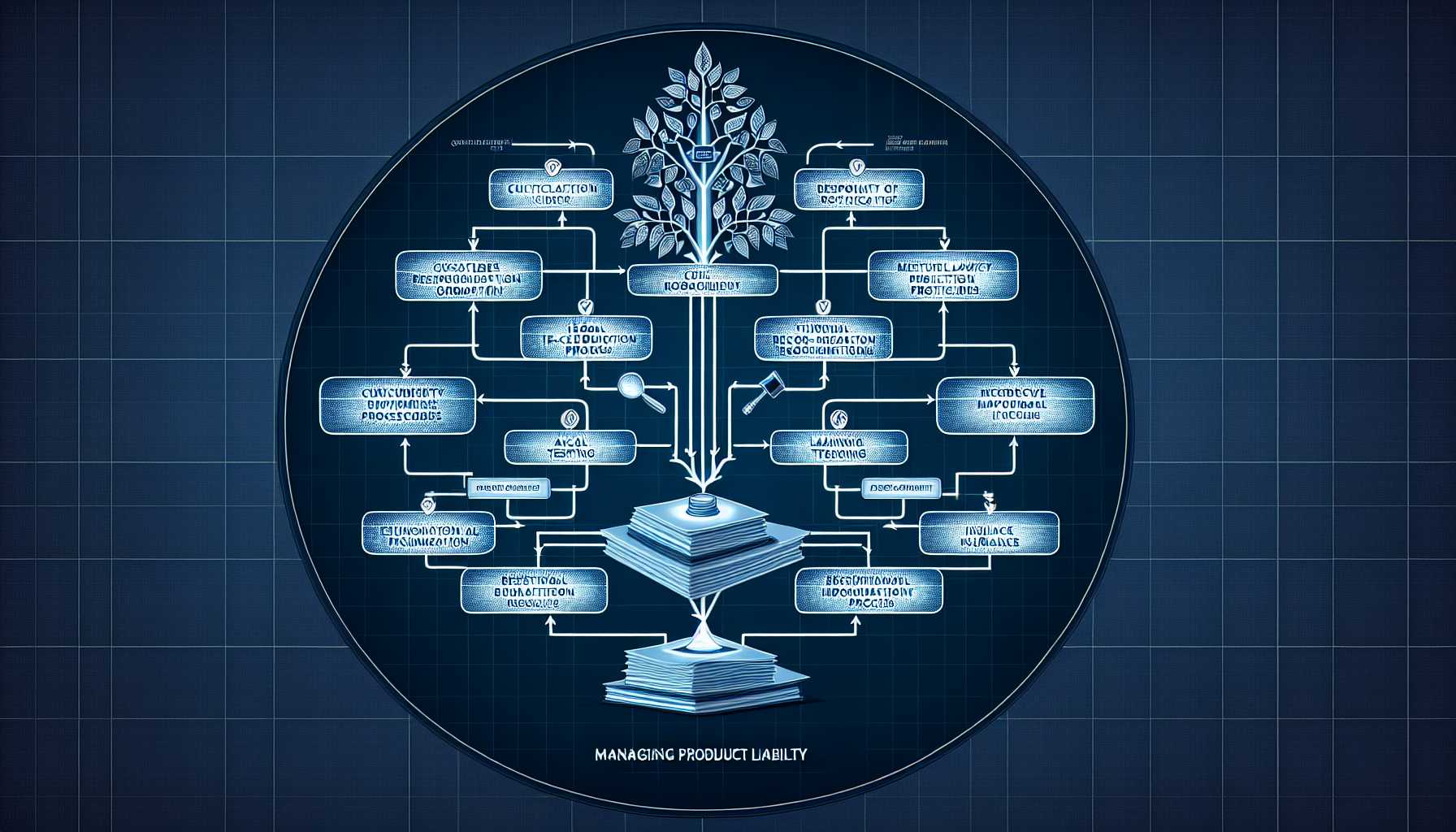Dear seasoned product visionaries, welcome back for another insightful exchange. Today, we dive into the high-stakes topic of product liability and ensuring our businesses stay clear of legal hot waters. Drawing from personal war stories, this post is a map through the minefield of product-related claims and lawsuits.
Understanding Product Liability
During my tenure across various tech companies, I faced my share of close calls with product liability issues. The reality in tech is that software can malfunction, hardware can fail, and data breaches can occur—all carrying significant legal risks. Understanding the intricacies of product liability is the first step in managing these risks. It involves maintaining a balance between innovating boldly and protecting the company from the financial harm of potential lawsuits.
Building a Culture of Compliance
Having the right culture is a cornerstone of minimizing liability. In one of my past projects, we reinforced a culture where quality, safety, and adherence to standards were non-negotiable. This involved thorough risk assessments and integrating compliance as a key performance indicator for teams. An effective compliance culture is like a suit of armor for your product—a defense built through attention to detail and unwavering standards.
Incorporating Legal Insight Early On
We learned that legal insight shouldn’t come as an afterthought. Legal teams were involved from the earliest stages of product development. Not only did this protect the company, but it also fostered a proactive approach to feature development, with a compliance mindset embedded right from the start.
Ensuring Rigorous Product Testing
Looking back at the times we navigated close to potential liability issues, I can say that rigorous product testing was our lifeline. It’s one thing to write comprehensive test cases, and another to simulate real-world scenarios where products might fail. We conducted extensive quality assurance testing, including security vulnerability assessments and user testing, to ensure that we did our due diligence.
Managing Documentation and Records
Proper documentation is your legal safety net. Detailed records of development processes, testing results, and customer interactions can prove instrumental in defending against product liability claims. In my history with companies facing legal scrutiny, well-kept documentation often tipped the scales in our favor.
Continuous Education and Communication
Education is the best prevention. Internal workshops, training sessions, and updates on relevant laws and industry standards were routine. Transparent communication, especially around product recalls or updates, also played a crucial role in managing liability scenarios.
Investing in Insurance
Product liability insurance is an investment, not an expense. It’s a crucial part of the safety net that should never be scrimped on. I’ve seen companies suffer from inadequate coverage—don’t let that be your story.
Navigating Post-issue Waters
When product issues arise—and they will—having a crisis management plan in place is essential. Companies are judged by their response in these situations. In one complex scenario, it was our prompt and transparent handling of the issue that preserved trust with our customers and mitigated potential legal consequences.
Final Reflections
In conclusion, managing product liability in tech is a blend of culture, processes, education, and responsiveness. The best companies I’ve worked with viewed liability protection as a component of their product strategy. As product leaders, our role is to navigate this delicate balance, ensuring innovation doesn’t outpace the safety and reliability of our creations.
Your experiences are invaluable. How have you navigated the complexities of product liability? What systems have you put in place to protect your innovations? Share your stories and let’s fortify our collective wisdom.

